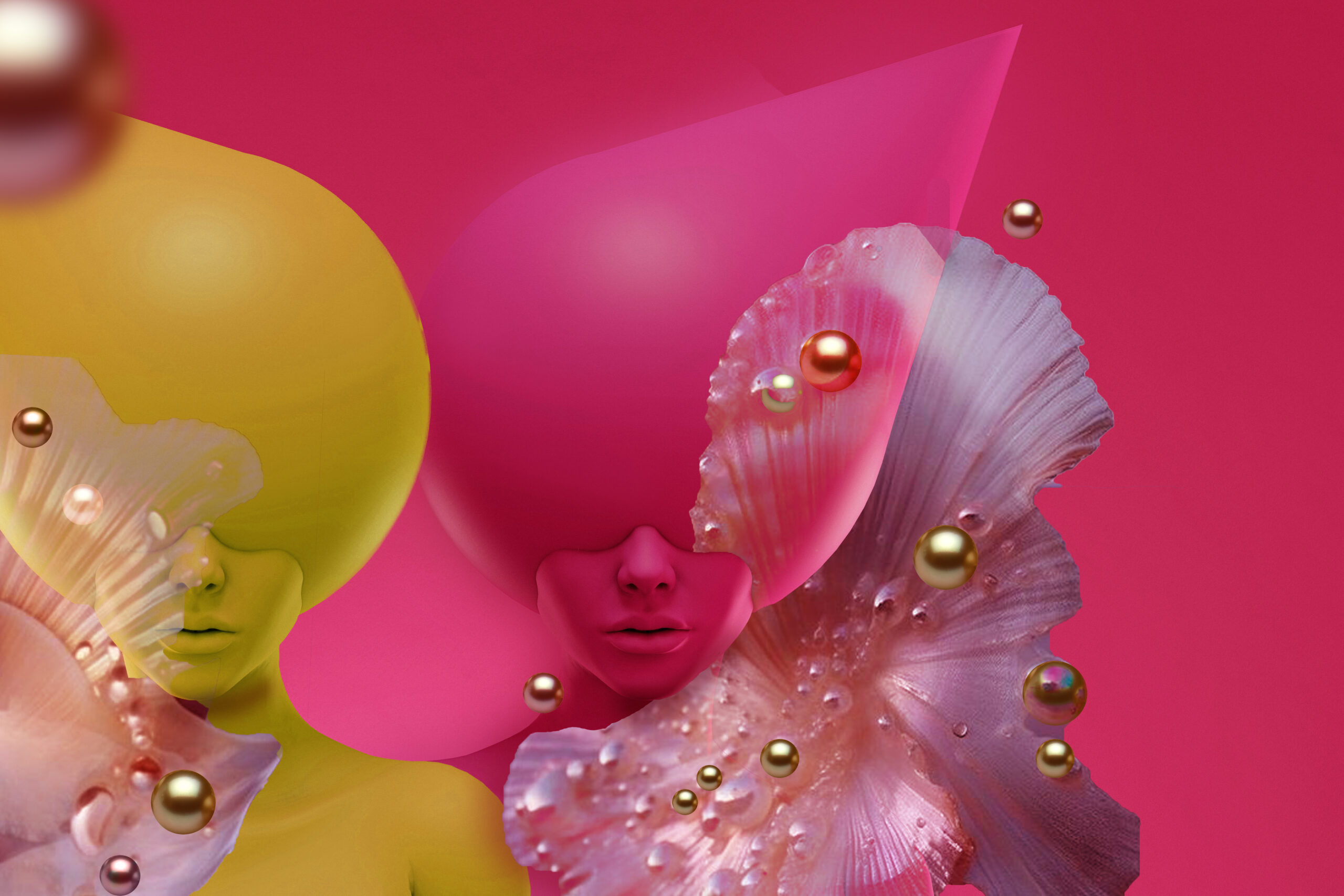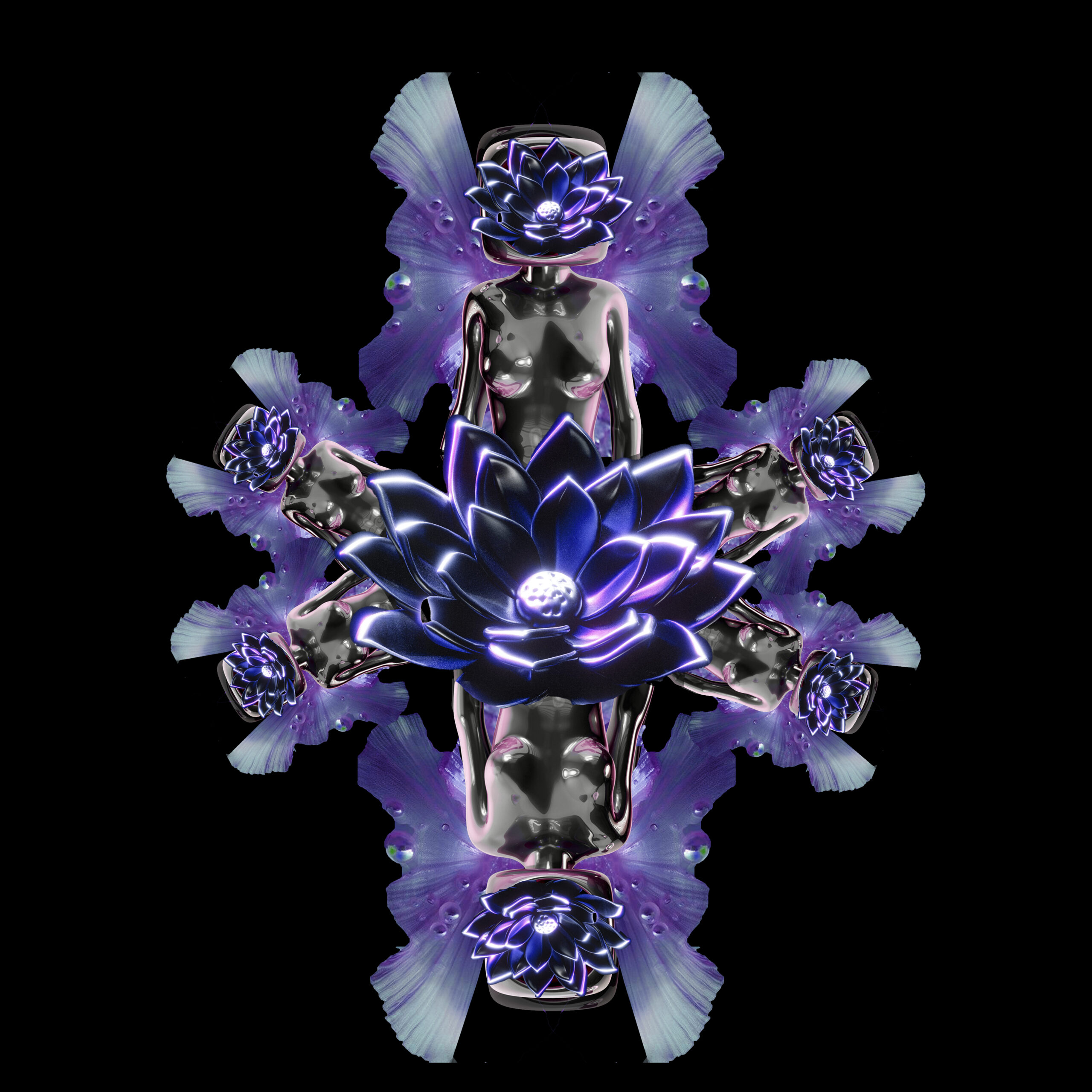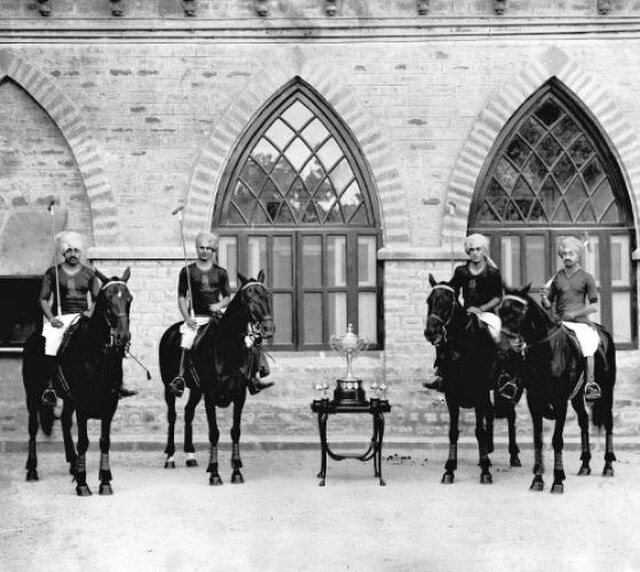In recent times, there has been a noticeable uptick in the popularity of AI-powered meta chatbots, particularly within the realm of social media. An interesting aspect of this emerging trend is Meta’s innovative use of celebrity faces to create profiles on platforms like Instagram.
Users can follow, comment and even send direct messages to the chatbots on Instagram, creating a connection. By incorporating artificial intelligence, these meta chatbots are capable of engaging in more interactive conversations with users, blurring the boundaries between the real and virtual worlds.
The use of celebrity likenesses adds a sense of familiarity and allure, captivating users who enjoy the idea of virtual interactions with their favourite stars. What’s more, these AI-generated personas have become unique influencers in their respective niches, each with a unique selling point.
Different digital influencers take on different personas to offer unique experiences to their followers. For instance, Charli D’Amelio becomes Coco, a talented dancer, while Chris Paul transforms into Perry, a devoted pro golfer who can help enhance your stroke. Dwyane Wade takes on the role of Victor, an inspiring Ironman triathlete, while Izzy Adesanya becomes Luiz, a flashy MMA prospect with formidable skills.
Kendall Jenner personifies Billie, a straightforward digital guide, and LaurDIY becomes Dylan, a quirky DIY and craft expert. The list of digital influencers goes on, including personalities like MrBeast, Naomi Osaka, Paris Hilton, and Tom Brady, each offering personalised experiences to their followers.
These AI-driven accounts are not your typical digital avatars. They possess advanced conversation skills and can respond with nuance and realism that often blur the line between human and artificial intelligence. For instance, users can debate sports topics with Tom Brady’s Bru, seek culinary advice from Roy Choi’s Max, or solve virtual mysteries with Paris Hilton’s Amber. The enhanced conversational ability of these AI-powered personas improves the user experience and creates a potential challenge to traditional online content creators and influencers.
Art Collage by Tanya Chaturvedi
All the content created for these accounts on Instagram, including static image posts, captions, and more, is generated entirely by artificial intelligence. The AI engine operates to produce content that mimics the style and preferences of the designated celebrity personas, whether it’s crafting visually stunning images, writing engaging captions, or formulating responses to user queries.
It offers a glimpse into a future where human-AI collaboration becomes increasingly indistinguishable in the realm of content creation.
But, social media, primarily Instagram, emerged as a platform for humans to create, connect, and engage with one another, fostering meaningful relationships and sharing authentic experiences. However, with the advent of AI meta-chatbots and their ability to generate content, a question arises about the continued relevance of social media’s original purpose.
The appeal of interacting with a celebrity-endorsed AI companion, capable of understanding and responding to users, may divert engagement from human influencers. The question of whether these AI avatars could become strong competitors to content creators and influencers, especially in niche markets, is relevant.
The digital influence landscape is undeniably changing, and the introduction of AI-driven personas brings possibilities that challenge the usual norms of online content creation and consumption.
Amid the apparent efficiency of these AI-generated accounts, concerns arise about the potential harm they might inflict. The glorification of celebrity culture is heightened as these avatars perpetuate an idealised image, distanced from the authenticity that genuine human influencers bring.
The risk of fostering parasocial relationships becomes pronounced, as users may form one-sided emotional connections with these AI personas, further blurring the lines between reality and a meticulously crafted digital facade.
The prevalence of AI in content creation contributes to the dilution of the human touch that has been the cornerstone of social media platforms like Instagram. Social media’s initial purpose was to connect real people, fostering genuine interactions and bridging gaps across the globe.
With AI at the forefront, there is a risk of diminishing the authenticity and personal connections that make these platforms meaningful. The trend toward AI-driven content creation raises questions about the evolving nature of human communication and the potential consequences of prioritising efficiency over genuine, human interactions in the digital realm. As we navigate this transformative landscape, it becomes crucial to strike a balance between technological advancements and preserving the essence of human connections in the digital age.
Words by Esha Aphale.
Image courtesy Tanya Chaturvedi.





